Spotting a creature that kills for fun might sound like the plot of a thriller novel, but it’s a reality in the animal kingdom. Unlike the typical predator-prey dynamic, where survival is the motive, some animals hunt purely for sport, showcasing behaviors that both fascinate and terrify us. These animals don’t just hunt to satisfy hunger—they do it for the thrill, honing their skills, or sometimes out of sheer boredom. Let’s delve into the world of these playful predators and uncover 15 creatures that kill not just to survive but for the sport of it all.
1. Orcas, the Ocean’s Strategic Planners
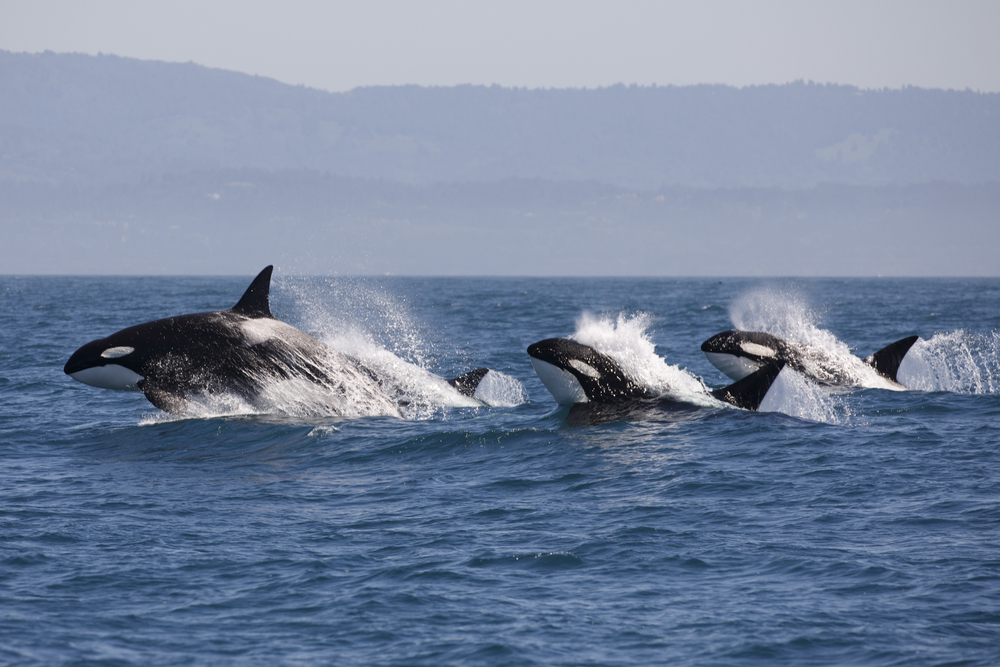
Orcas, or killer whales, are known for their intelligence and complex social structures, but they also have a sinister side. They’ve been observed playing with seals, tossing them into the air, and batting them around without any intention of eating them. Some experts believe this behavior is a way for orcas to practice hunting techniques or simply to stave off boredom. Their playful yet brutal tactics remind us of their status as apex predators—capable of orchestrating complex hunting strategies for both survival and sport in the vast oceanic playground.
2. Dolphins, the Mischievous Marauders
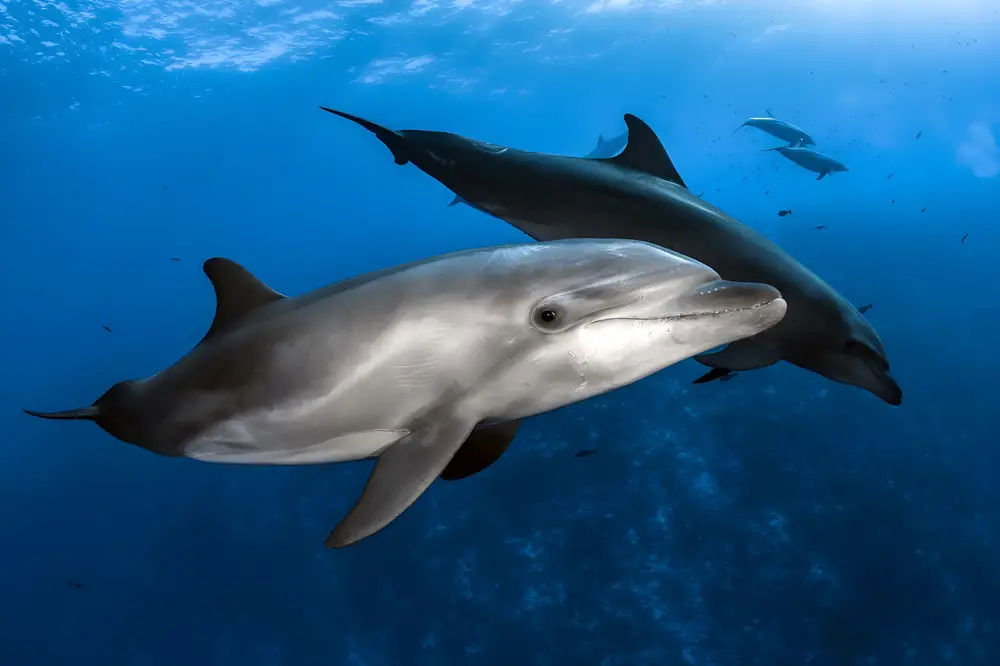
Dolphins might have a reputation for being the friendliest of sea creatures, yet their darker tendencies reveal a penchant for playful violence. They have been seen harassing porpoises, even when there’s no competition for food. This seemingly senseless aggression could be their way of honing hunting skills or simply a form of social play gone too far. These intelligent mammals blur the line between play and predation, showcasing behaviors that are as complex as they are controversial in the aquatic world.
3. Domestic Cats, the Household Hunters
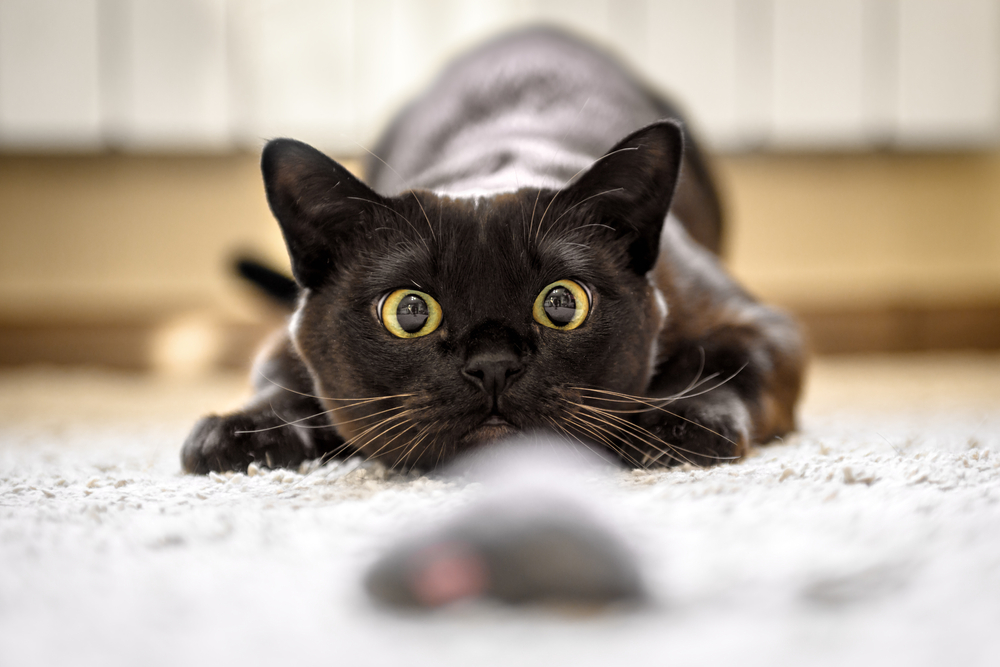
Your cute, cuddly cat might have a secret life as a ruthless hunter. Domestic cats often hunt and kill small animals like birds and mice, not out of necessity, but for the thrill of the chase. Despite being well-fed at home, their instinctual drive to hunt remains strong, making them one of the few animals that kill for sport. This behavior is a remnant of their wild ancestry and a testament to their finely honed predatory skills, which they continue to exercise even in domestic bliss.
4. Foxes, the Playful Predators
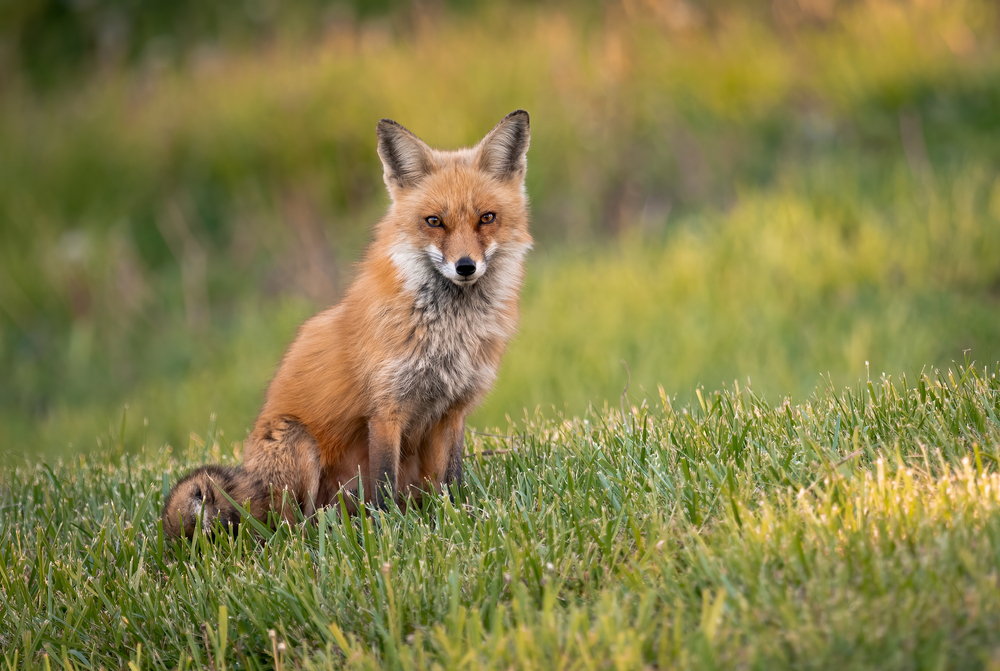
Foxes are clever creatures known for their cunning and adaptability. Beyond their survival instincts, they’ve been witnessed playing with their prey, such as mice or birds, tossing them around like toys. This behavior might serve as hunting practice or entertainment, highlighting their intelligence and agile hunting techniques. Foxes remind us that the line between necessity and play is often blurred in the animal kingdom, where even the most pragmatic predators indulge in moments of frivolous fun.
5. Wolves, the Pack Playmasters
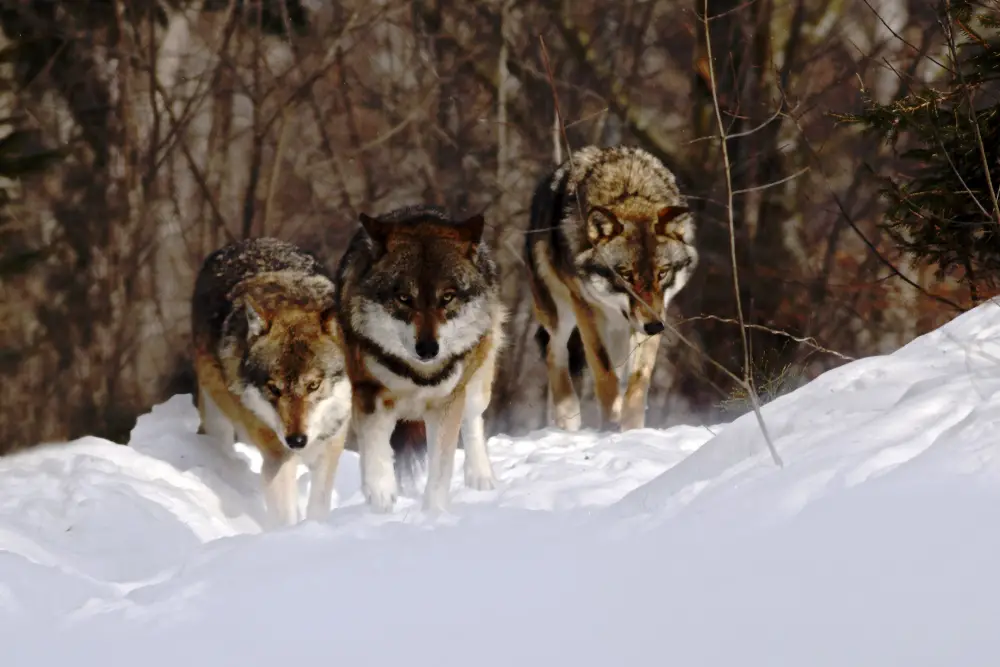
Wolves, often romanticized as noble and stoic, have a playful side that manifests in their hunting behavior. In packs, they sometimes engage in playful chases, herding prey without making a kill. This behavior strengthens social bonds and hones their hunting skills through strategic play. It’s a reminder that even the most serious predators find joy in the chase, using these playful interactions to prepare for the challenges of survival in the wild.
6. Lions, the Leisurely Hunters
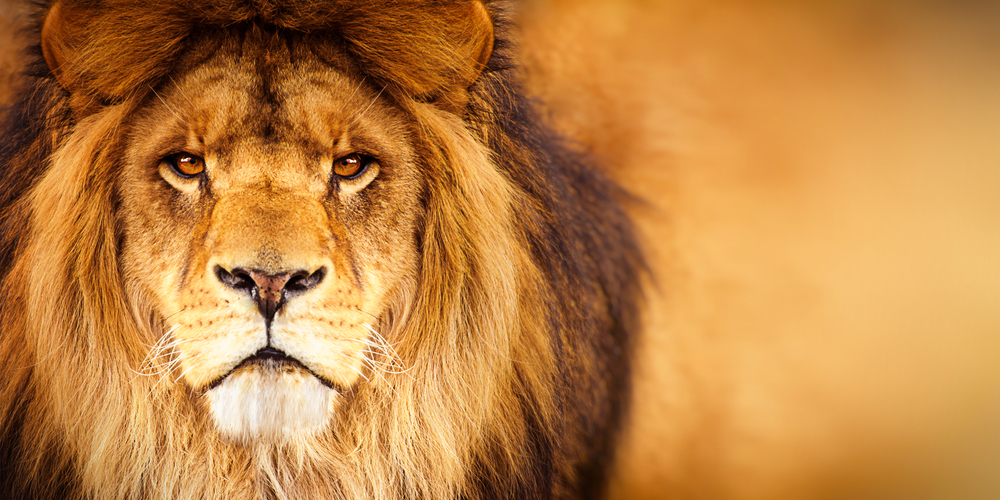
Lions, the majestic rulers of the savannah, occasionally hunt not out of hunger, but for the sheer sport of it. They’ve been seen capturing and releasing prey, sometimes playing with it before making the final kill. This behavior might be a way to teach young cubs the art of hunting or simply an indulgence in their natural instincts. In the vast African plains, lions demonstrate that even the mightiest predators can engage in a little leisure while maintaining their regal reputation.
7. Hyenas, the Opportunistic Jokers
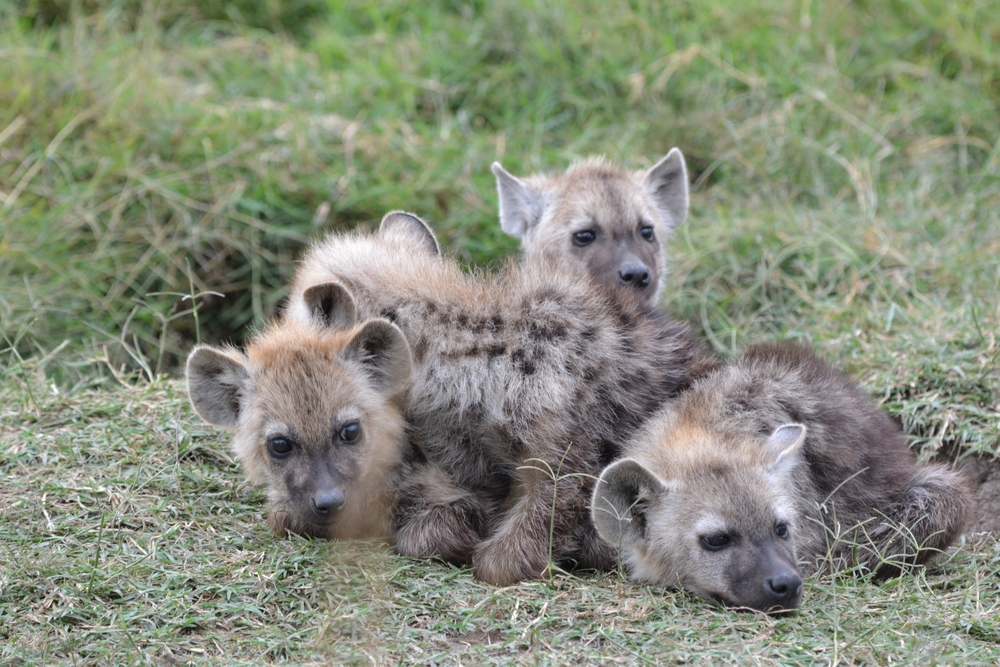
Hyenas, often misunderstood as mere scavengers, are adept hunters with a knack for mischief. They have been observed engaging in playful behavior with their prey, sometimes chasing and capturing without a kill. This might be a way to practice their hunting skills or simply an expression of their social dynamics. As complex creatures with sophisticated social structures, hyenas illustrate that even in the harsh realities of the wild, there’s room for a bit of humor and playfulness.
8. Crows, the Clever Conspirators
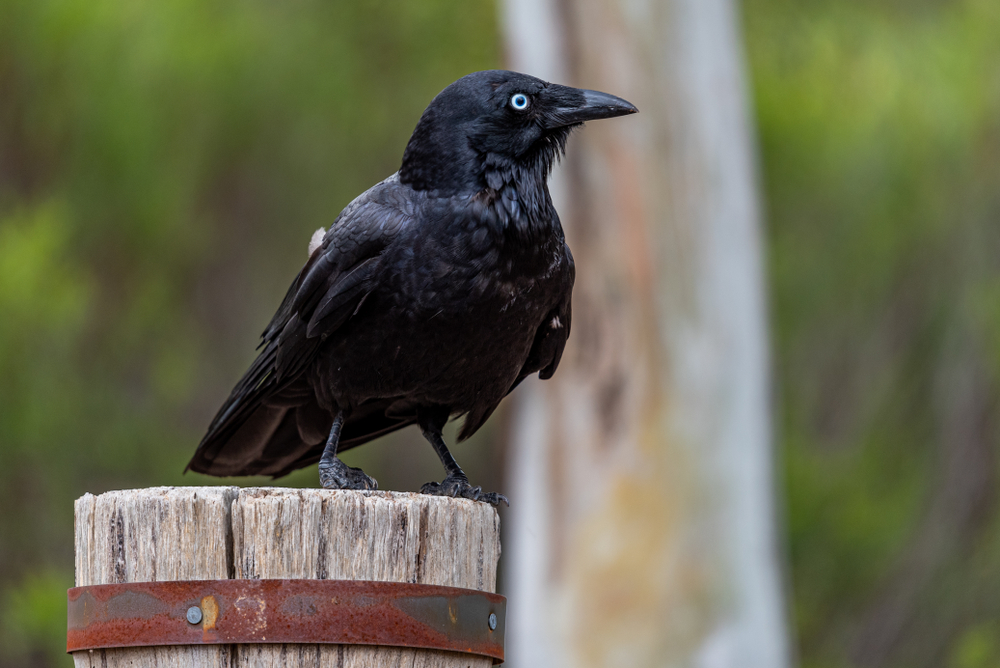
Crows are renowned for their intelligence and problem-solving abilities, but they also indulge in playful predation. They’ve been seen harassing other birds, not for food, but seemingly for entertainment. This behavior allows them to practice flight maneuvers and sharpen their wits. In the avian world, crows demonstrate that intelligence and playfulness can go hand in hand, turning the skies into a theater of strategic mischief.
9. Stoats, the Mesmerizing Hypnotists
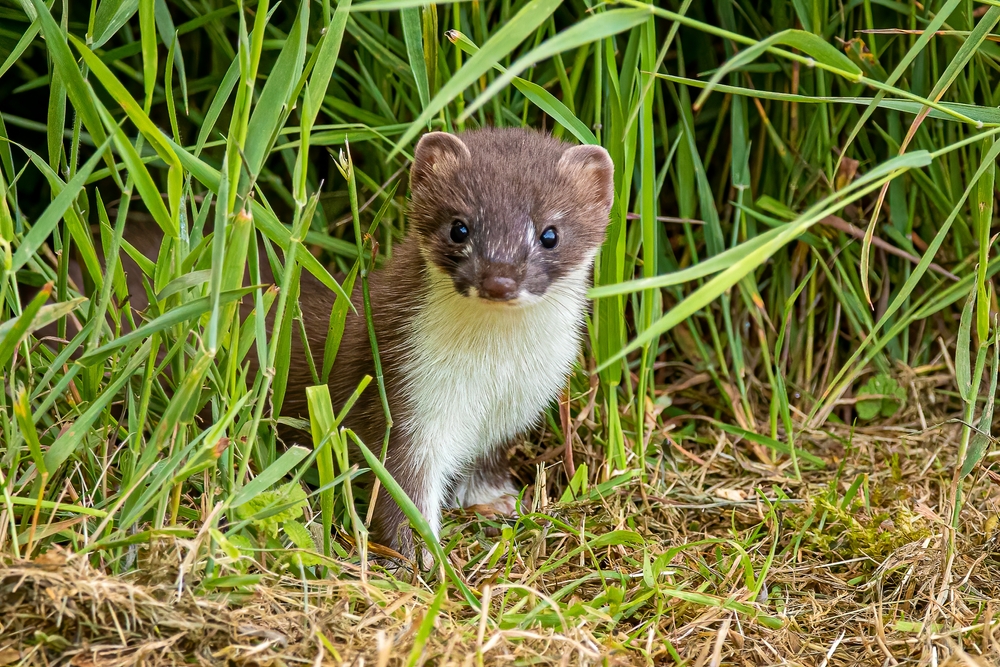
Stoats, small but fierce members of the weasel family, exhibit a unique hunting tactic that’s as playful as it is effective. They perform a “dance” to mesmerize prey, such as rabbits, luring them into a trance-like state before launching an attack. This playful yet deadly behavior showcases their agility and cunning, turning the hunt into a spectacle of natural theater. Stoats remind us that even the smallest predators have evolved creative strategies to thrive in a competitive world.
10. Chimps, the Tactical Tricksters
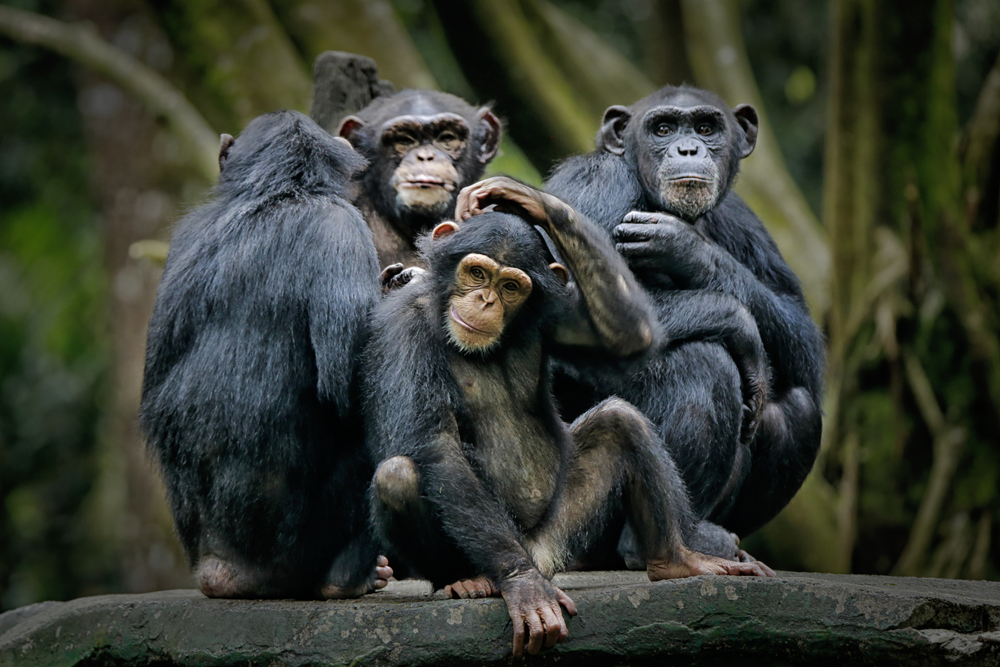
Chimpanzees share many traits with humans, including a penchant for mischief and play. They have been observed hunting smaller primates like colobus monkeys, not just for sustenance, but as a social activity. Chimps use teamwork and strategy, often sharing the spoils with allies. This behavior highlights their complex social structures and cognitive abilities, showing that even our closest animal relatives indulge in the thrill of the hunt for reasons beyond mere survival.
11. Minks, the Aquatic Acrobats
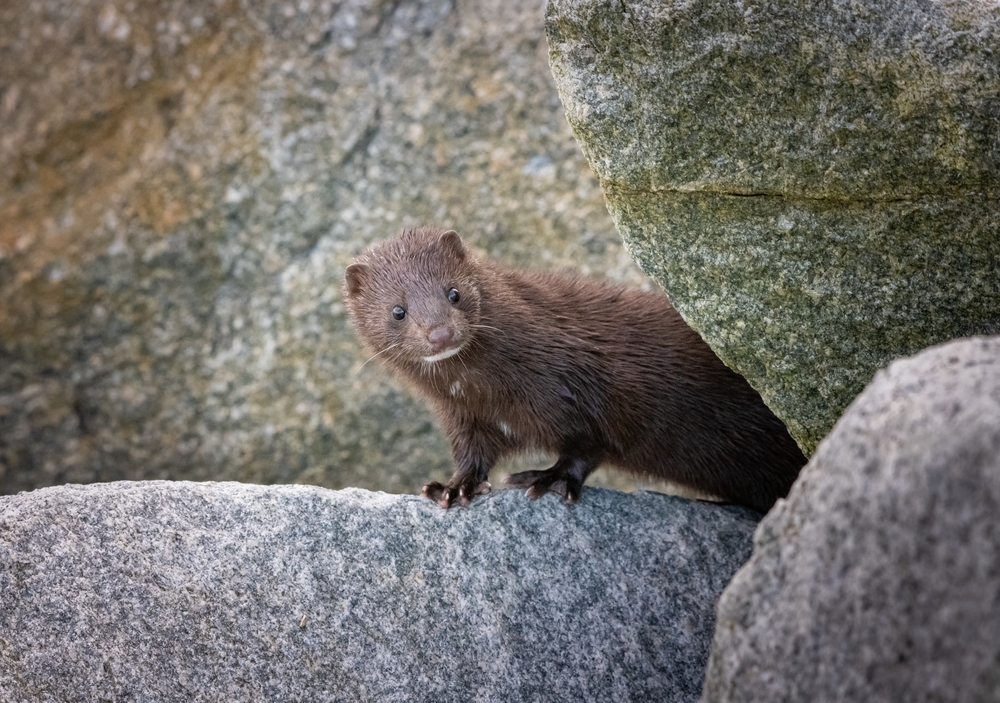
Minks, agile predators of waterways and wetlands, exhibit playful hunting behavior that extends beyond necessity. They often engage in what seems like recreational chasing of prey, such as fish or small mammals, showcasing their superb swimming and hunting skills. This behavior may sharpen their abilities, ensuring they remain effective hunters. Minks demonstrate that in the pursuit of prey, a little play can go a long way in maintaining their prowess as aquatic acrobats.
12. Blue Jays, the Brash Bullies
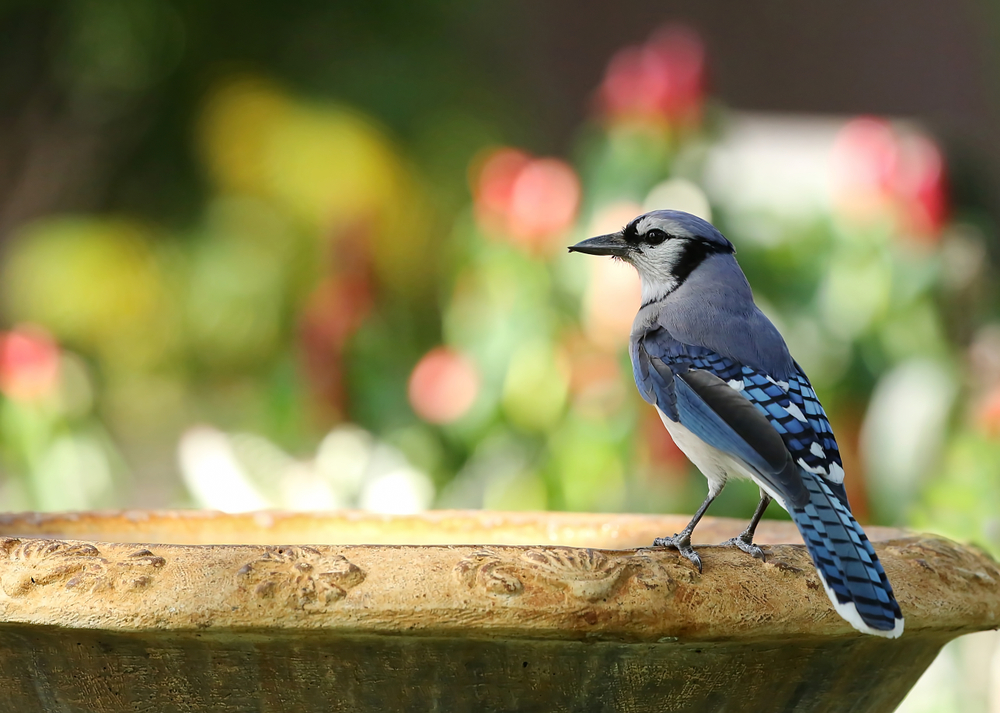
Blue jays, known for their vibrant plumage and loud calls, also possess a cheeky side that extends into their interactions with prey. They’ve been observed harassing and even killing smaller birds, not for food, but seemingly for the thrill of dominance. This aggressive play might serve as a way to establish territory or hone their defensive skills. Blue jays remind us that even the most beautiful creatures can harbor a mischievous streak, adding a layer of complexity to their avian personalities.
13. Leopards, the Solitary Stalkers
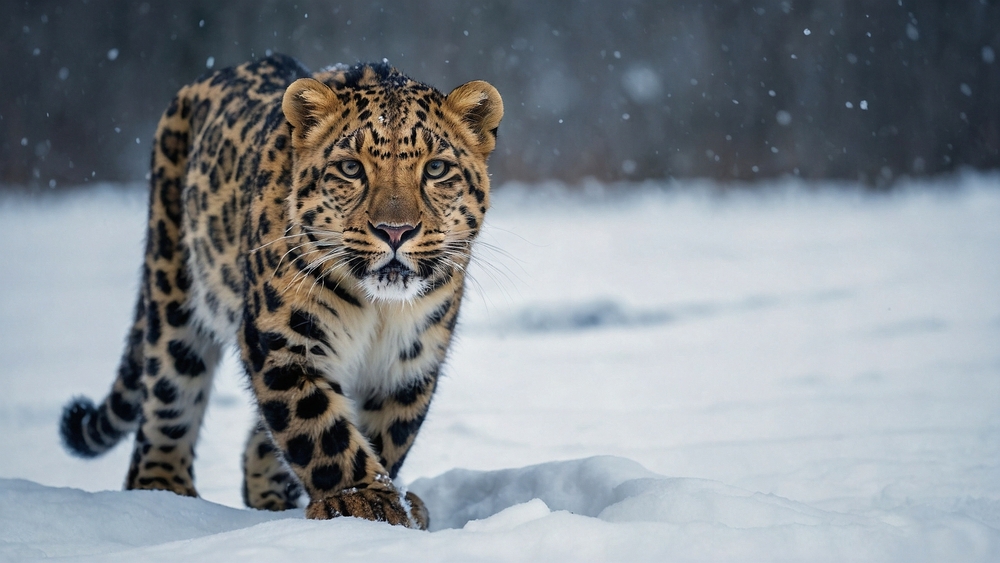
Leopards, solitary and stealthy, sometimes hunt for reasons beyond hunger. They’ve been seen capturing prey and playing with it, a behavior that might serve to perfect their stalking and pouncing techniques. This playful predation could also be a way to relieve the solitude of their solitary existence. In the dense jungles and savannahs, leopards show that even the most independent hunters enjoy a bit of playful practice, refining their skills for the next real hunt.
14. Polar Bears, the Arctic Entertainers
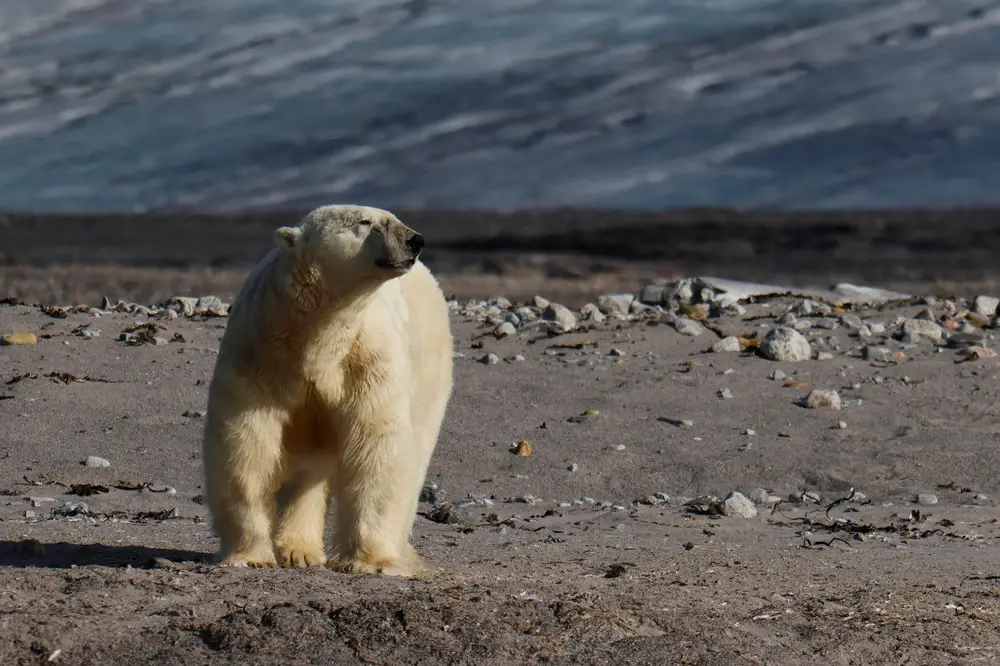
Polar bears, icons of the frozen north, occasionally engage in playful hunting that serves more than just nutritional needs. They’ve been observed batting seals around on the ice, a behavior that might help young bears learn vital hunting skills in a harsh environment. This playful interaction underscores the importance of skill development in the challenging Arctic landscape. Polar bears reveal that even in the most unforgiving climates, there’s room for play as they navigate the icy expanses in search of sustenance.
